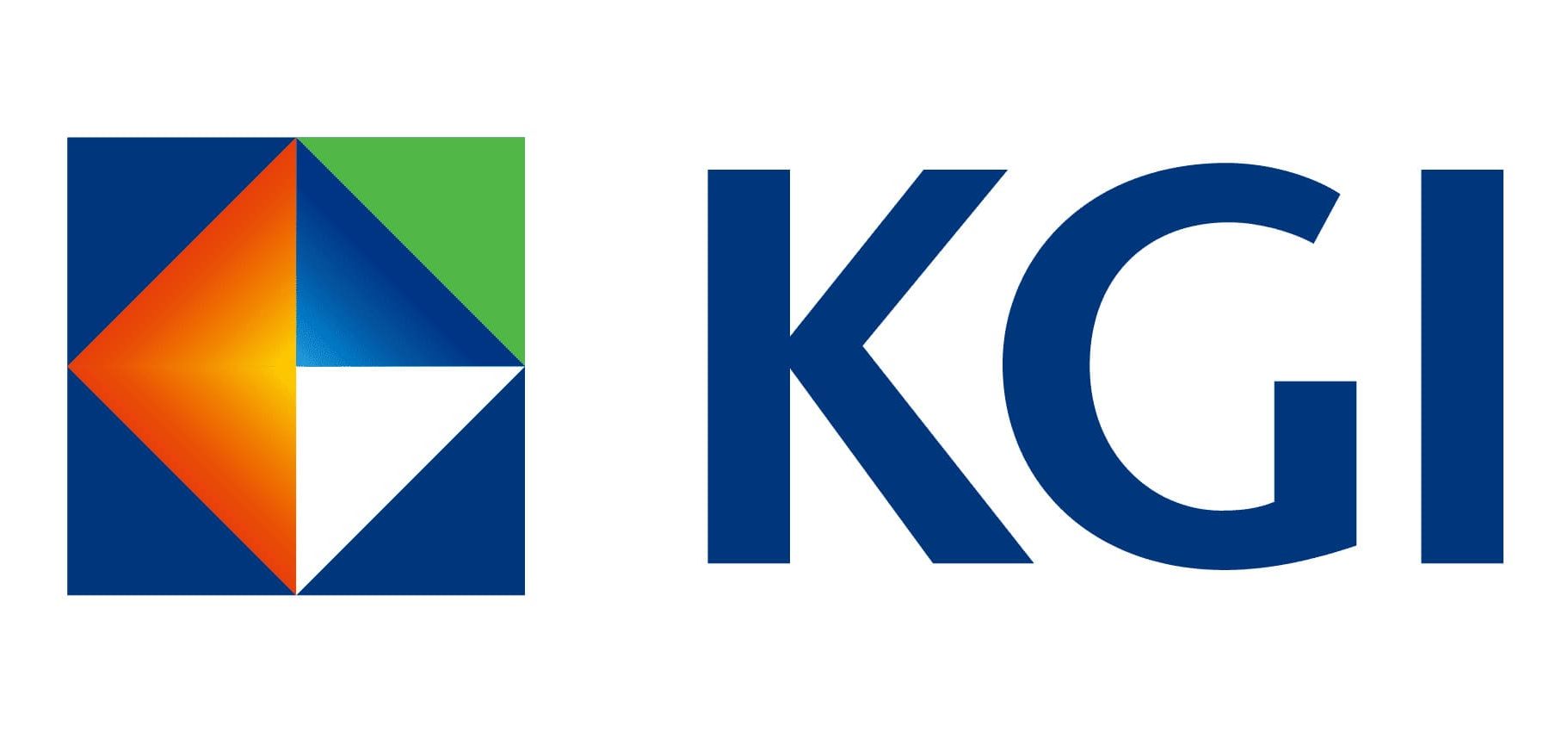Global Markets Kickstart: Industrial M&A Boosts Profits
Industrial M&A Boosts Profits
Chart of the Week:
Super Central Bank Week: Fed’s Hawkish Rate Cut, BOJ Holds Policy
The Fed’s December decision to cut rates by 25 bps aligned with expectations, but dissenting votes and post-meeting statements hinted at a slower pace of easing. The 2025 dot plot reduced expected rate cuts from 4 to 2, extending the easing timeline to 2027. These adjustments dampened bullish sentiment, causing market volatility and a dip in major indices. Investors are advised to wait for market stabilization before reallocating to U.S. equities. Risks remain, particularly regarding inflation resurgence under Trump’s new policies.
Market Recap:
Markets React to Slower U.S. Rate Cuts with Stock and Bond Sell-Off
The Fed’s hawkish rate cut led to significant declines across U.S. indices, with the Dow Jones Industrial Average plummeting 3.6% over the past week, nearly erasing gains since Trump’s election rally in early November. Sector-wise, real estate, burdened by high rates, recorded the steepest losses, while tech stocks demonstrated resilience, with information technology shedding only 1.7%.
What’s Trending: Drawing from Trump 1.0, Rising Fear Index May Signal Buying Opportunity
Trump is set to assume office on January 20, with expected policies on immigration and trade aiming to secure favorable deals for the U.S. These actions may not significantly impact the broader economy but could introduce market volatility. While Trump’s first year in office (2017) was relatively calm with subdued S&P500 volatility, he is unlikely to delay policy action this time.
In Focus:
Industrial Sector M&A Wave Expected in 2025, Favoring Long-Term Positions
Industrial stocks span diverse sectors, including manufacturing, infrastructure, aerospace and defense, transportation, and engineering services. With high fixed costs, industrial firms often diversify operations to mitigate risks and leverage M&A for acquiring new technologies, avoiding the high costs of developing new industries or product lines, and rapidly expanding market share. Historical data shows years with increasing or stable U.S. industrial M&A volumes tend to correspond with positive sector returns, with larger M&A increases slightly enhancing performance.


